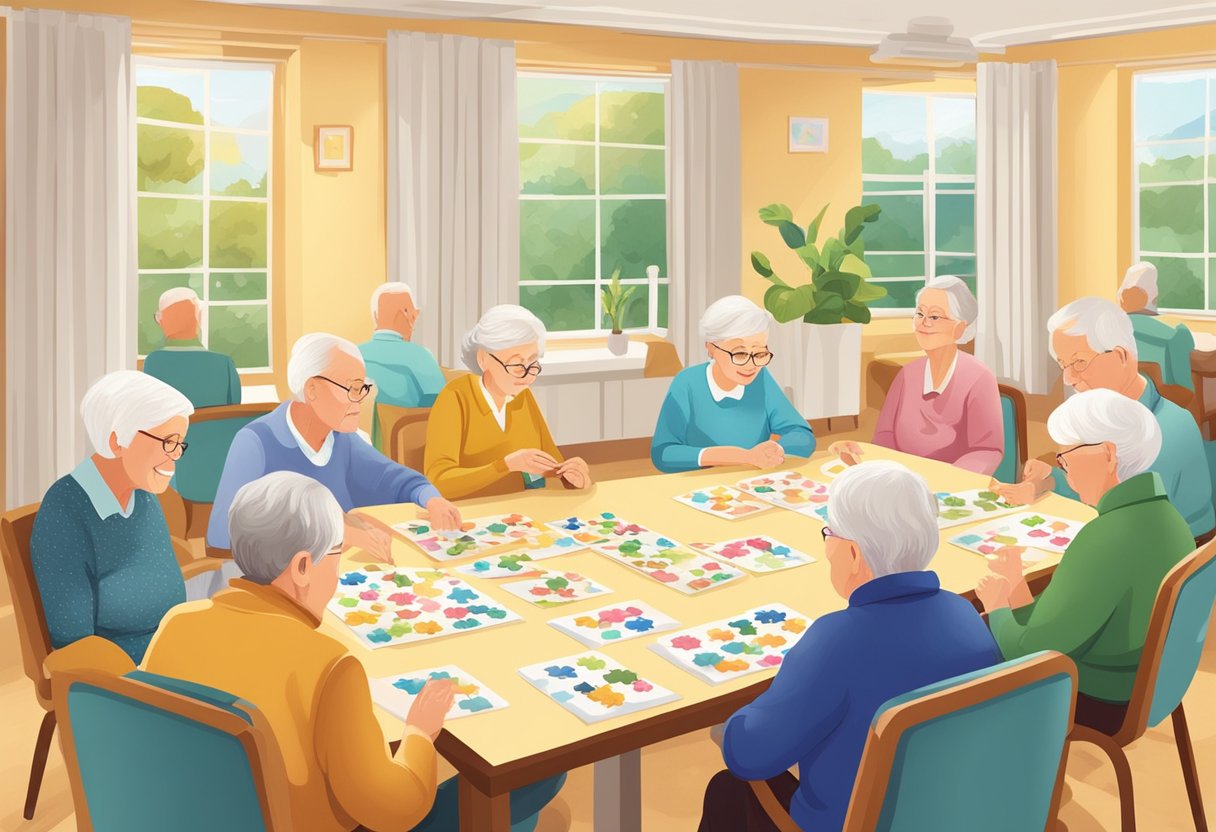What are the 1900-2000 changes in life expectancy in the US? Throughout time a lot of date tells us about the life quality people have. From bone samples of people living 2,000 years ago and forensics to death and dental records of people who recently died. The USA life expectancy for adults from centuries ago to more recently is revealed by data.
Expanding Life Expectancy
The life expectancy of individuals and people are affected by many factors. A few of these factors include health, gender, lifestyle, diet, genetics, disease, and war. Ask yourself about your own wellness and health and see if it impacts your own life. Life expectancy is expanding and people live longer now than they once did.
The Life Expectancy of Women n in 1900
In 1900, the life expectancy of white women was forty-nine. The 1900-born had a 12% chance of living until the age of sixty-five. In the same year, only 4% lived until the age of eighty-five. In 1900, African-American women only had a life expectancy of thirty-four years and 11% would live until sixty-five. Of this group, 5% would turn eighty-five. For 1910-born white women, the average life expectancy was sixty-three. Forty years later, in 1950, the life expectancy of white women was seventy-two.
In that same year, 15% reached age sixty-five and 5% lived to the age of seventy-two. Among the 1950-born, 15% reached the age of sixty-five and 5% reached the age of eighty-five. Among African-Americans born in the same year, 5% reached the age of eighty-five. Only 12% of white women between 1900-1950 lived to the age of sixty-five. In addition, only 11% of African American women lived to the age of sixty-five between 1900-1950.
By the time the year 2000 came around the corner, the life expectancy of White women was eighty-years-old and among African-American women, seventy-five years old.
The Life Expectancy of Men in 1900
Those born in 1900 the life expectancy of white men was to live to age forty-seven. Only 12% of the 1900-born lived to the ripe old age of sixty-five. In 1900, an African-American male born would live until an average of thirty-three years old. Only 10% of this group made it to sixty-five. Just 4% made it to the age of eighty-five in the year 1900.
Ten years later, white men’s life expectancy grew by two years, to forty-nine years old and African Americans to forty-eight. In 1920, life expectancy expanded to age fifty-four. Several breakthroughs in medicine occurred in 1920 such as the discovery of vaccines, vitamins and new medication such as Sulfa, all of which increased life expectancy.
1929 was the beginning of the Great Depression. This lasted for ten years and then World War 2 Started. These occurrences caused premature deaths despite which life expectancy for white men rose to the age of sixty.
In 1950, white men reached 67 years for life expectancy, which is today’s retirement age. In the same year, the life expectancy of African American males was fifty-nine. This was almost ten years less than whites. It was only after the year 2000 that African Americans reached a life expectancy of sixty-eight. By this time, 75 was the life expectancy of white men.
Improved Life Expectancy
With the improvement of medical procedures, advanced medicine and technology, this data shows us that life expectancy improves. In fact, the expanded life expectancy of both women and men is because of all these technological breakthroughs. For example, systems for a medical alert and improved care for the elders in assisted living facilities, memory care facilities, convalescent homes, and nursing homes all helped in improving the average lifespan in America.
One example is when the 1866 genes experiment of Gregor Mendel which described genes for the first time opened the door for gene-care. There is a lot to learn but today, there is more understanding than ever before about prolonging your life. With time, people born will have a longer life than their parents. In fact, working to have every resource available as people age may make American top the century mark for the life expectancy of women and men. These include legal frameworks, insurance and savings that help improve life quality among senior citizens. These are the 1900-2000 changes in life expectancy in the US.



